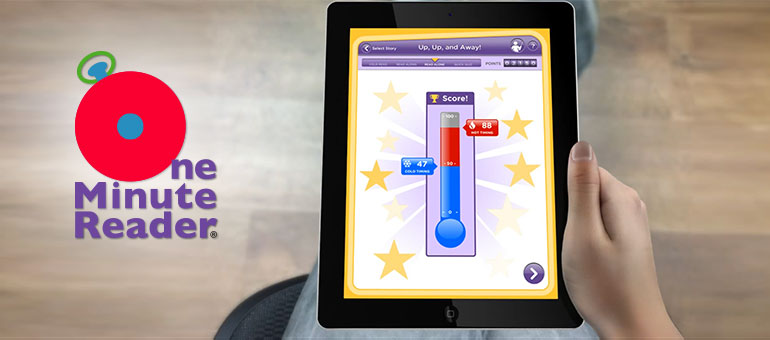Last week, I helped assemble gingerbread houses for my son’s Kindergarten class to decorate. I sat down at a table covered in empty milk cartons, graham crackers broken into various shapes, and buckets of icing. The other parent volunteers and I exchanged timid looks until the teacher met with us and showed us a fully assembled prototype. It was then that we understood what our process should be. When we saw the finished product—the goal—we could relax and get to work.
Read more Nothing can replace the learning that happens when students interact personally with a good teacher. Not even the most sophisticated computer can compete with that. However, the use of technology in connection with face-to-face learning can have huge benefits for both teachers and students. That's one reason why blended learning—a mix of online and classroom learning—is gaining popularity in schools around the world.
Read more Why is it fun to play games? Researchers have found that it’s the learning aspect of games that makes them fun. When we’re playing games, we’re making choices, realizing consequences, mastering skills, and working toward goals. We’re developing our understanding of systems and rules. Our brains are highly stimulated by this kind of learning, and we’re motivated to keep doing it. The best part is that our brains are working hard, yet we don’t feel drained by the effort—we’re just having fun!
Read more Congratulations to Star Student Brianna P., a fifth-grade student at Bryant Elementary in Owosso, MI! Brianna's teacher, Dede Raffaelli, had this to say about her:
Read more Did you know there is a downward spiral of reading failure? It starts with the foundational skills. Beginning readers who have difficulty learning to read words accurately and fluently may continue on a downward spiral, making it harder and harder to catch up.
Read more We’re pleased to announce that Funēmics®, our popular new phonemic awareness program, is a recent winner of the National Parenting Center’s Seal of Approval! This prestigious award is given seasonally to the highest quality products in the parent/child consumer market.
Read more Educators around the country—and around the world—are finding that Read Naturally programs work wonders with ELL students. The audio support, student-friendly vocabulary definitions, and high-interest story topics are just a few of the features that make our programs an ideal fit for this population. We love when ELL students learn to read English fluently with Read Naturally programs—and we love when educators take the time to share this progress. ELL instructor Kristina Hasanova is one such educator.
Read more Congratulations to Star Student Westin D. a second grade student at Big Pine Elementary in Big Pine, CA! Westin's teacher, Carrol Hambleton had this to say about him:
Read more The six levels of the One Minute Reader iPad app now contain eight books each instead of five. That’s 90 more stories and 60% more content at the same price.
Read more Attention, Read Live users! We discovered that a number of people using the Read Live iPad app were not aware of some of the enhancements made over the summer.
Read more 
 Share your student’s success story—nominate him or her for our Star of the Month award. Win a Barnes & Noble gift card for the student and a Read Naturally gift certificate for your class!
Share your student’s success story—nominate him or her for our Star of the Month award. Win a Barnes & Noble gift card for the student and a Read Naturally gift certificate for your class!